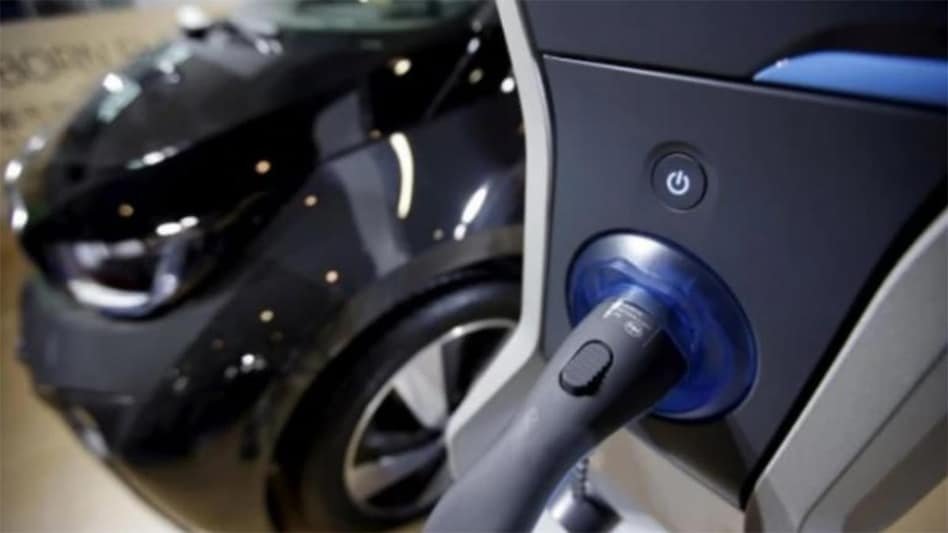Future of EV manufacturers in the next few years
With the growing awareness, the rising demand, along with cost-efficacy that the EV industry is gaining, it is appropriate to say that the future of mobility is electric.

India is presently undergoing EV disruption. The industry is moving upwards in the growth trajectory and seems to have a promising future. The use of e-rickshaws and their growing prominence in metro cities is one such example.
The impact of the pandemic on the EV sector
As per Deloitte, the global sales of battery-electric and plug-in electric cars crossed the 2 million mark in 2019. The EV segment was already a booming market in the pre-pandemic times.
With the pandemic outbreak, global manufacturing and sales got disrupted. However, the market was resilient and quick enough to recover.
Also Read: TVS Motor, BMW Motorrad expand partnership to manufacture electric vehicles in India
Be it personal, or industrial usages, for instance, logistics and last-mile delivery, EVs are now marking their presence across industries and will soon replace the conventional fuel running vehicles. As per EY, by 2025, non-
EV sales will shrink to less than 1% of the overall sales.
India: The global leader in the electric vehicle market
India is bracing for the EV revolution and will soon become the global leader. As per the Indian government, the cost of developing and operating EVs is expected to reduce and this will lead to the country emerging as the leading market for manufacturing two and three-wheeler EVs.
The Union government is also focusing on digital adoption, reducing GST on EVs to 5%, along with announcing a scrappage scheme to boost the EV sector.
The cost of lithium-ion batteries has also dipped from $1,000 per KW per hour to over $150 per kWh. These prices are further projected to fall below $100 by 2023 thereby making EVs as affordable as internal combustion engine vehicles.
Adding to it, the surge in prices of petrol and diesel is further favoring the EV revolution.
The government is also aiming for EVs to form 30% of private cars, 70% of commercial vehicles, 40% of buses, and 80% of two and three-wheelers by 2030.
Till the time EVs become affordable, the government is offering various incentives under the FAME 2 scheme. Along with the government’s efforts, there also has been a shift in consumer preferences. They have become all the more concerned about the environment and now opt for greener vehicles.
Also Read: India’s EV market to grow by 90% to touch $150 billion by 2030: Report
The promising future of the three-wheeler EV market
While EV adoption is still in its nascent stages, the three-wheeler market possesses the huge potential and is expected to grow at a significant pace. This will happen all the more for the last mile delivery transportation ecosystem.
The rise of online shopping has led to a surge in the demand for last-mile deliveries as well. This is in turn pushing the demand for three-wheeler vehicles Conventional ICE 3-wheelers are considered to be the backbone of the Indian last-mile delivery ecosystem.
The three-wheelers are preferred over big trucks or mini-vans because they are expensive to operate and are incapable of offering doorstep delivery in most cities due to narrow streets.
As per Allied Market Research, the global electric three-wheeler market was valued at $677.40 million in 2020 and it is expected to reach $1,100.60 million by 2020 growing at a CAGR of 5.3%.
The report further highlights that electric three-wheelers have a wider application across industries ranging from passenger commutation to transportation of goods and services.
Three-wheeler mobility depends on affordability and door-to-door accessibility. In various developing countries such as India, Africa, and Nigeria, three-wheelers offer comparatively cheaper and faster travel options along with better route flexibilities as opposed to other means of transport.
In these regions, three-wheelers generate employment opportunities and this will further boost the demand for the market.
The future of the EV manufacturers
Even the manufacturers are also exploring the opportunity in the growing EV market. They are riding on the EV revolution.
Since electric three-wheelers are being encouraged, the manufacturers are betting big on the sector. The majority of them have a robust plan and intend to expand aggressively in capacities and new products.
Summing up
Accelerating the EV wave will bring health, geopolitical and economic benefits to the country. In the present times, EV occupies a small percentage of the total three-wheelers on the road.
Auto rickshaw is the biggest market followed by a garbage disposal, freight, and delivery business. However, after four and two-wheelers, India is bracing to turn a significant part of three-wheelers on roads into EVs.
From freight loaders to garbage disposal vans, adopting the electric path helps three-wheelers save on the running cost of vehicles.
They also offer options of replacing discharged batteries with charged ones thereby helping save time on the time taken to charge.
With the growing awareness, the rising demand, along with cost-efficacy that the EV industry is gaining, it is appropriate to say that the future of mobility is electric.
(The author is Founder & CEO, of Mac Auto India.)
